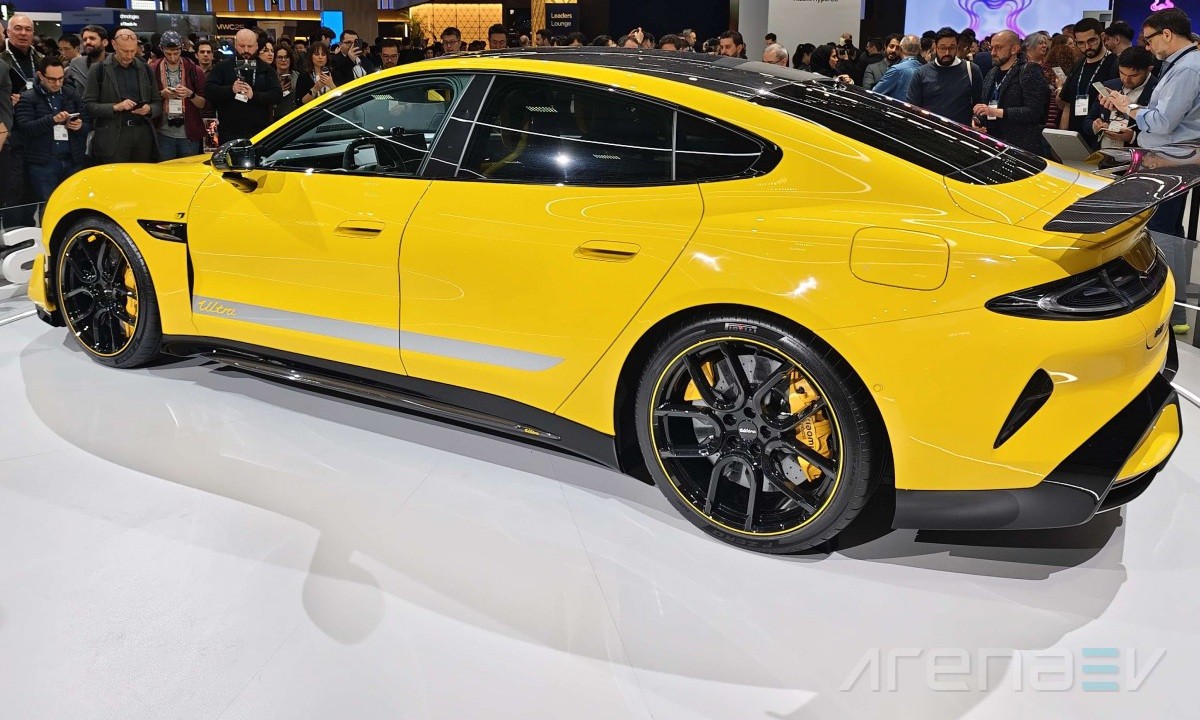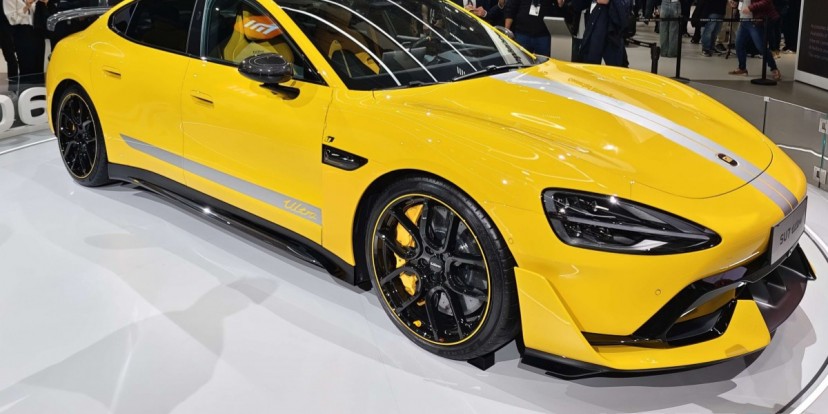The Xiaomi SU7 Ultra, a high-performance electric sedan, is now delivering its full power after a software update that resolved previous limitations of 900 horsepower. Initially, this restriction disappointed buyers who expected top-tier performance, especially after the car outperformed the Tesla Model S Plaid in tests. A prototype’s impressive Nürburgring lap time raised expectations, but the software issue led to backlash from early adopters. In response, Xiaomi removed the limit and acknowledged its mistake, highlighting the challenges automakers face with “software-defined vehicles” and the importance of meeting customer expectations without relying on software-locked features.
The Xiaomi SU7 Ultra, the tech giant’s high-performance electric sedan, is now delivering the promised power level after the recent software update. Following its release, some owners of the flagship EV found that a software limitation capped the car’s output at 900 horsepower, even though it was capable of much more. This disappointment among buyers who invested in top-tier performance was immediate.
The SU7 Ultra had already garnered significant attention in the automotive industry. A test version of the vehicle notably outclassed the Tesla Model S Plaid. A pre-production SU7 Ultra prototype achieved an impressive lap time of 6 minutes and 46.874 seconds at the demanding Nürburgring circuit. This performance places the 1,500+ horsepower Xiaomi ahead of supercars like the Rimac Nevera, Corvette ZR1, Viper ACR, and Porsche 918.
Given these extraordinary capabilities, the news that the commercially available SU7 Ultra was hampered by a software restriction of nearly 650 horsepower was a significant disappointment for early adopters. The online backlash from SU7 Ultra owners was both rapid and vocal. In light of this feedback, Xiaomi chose to eliminate the performance-limiting software. In a public announcement, the company recognized its error, stating, “We appreciate the passionate feedback from our community and will ensure better transparency moving forward.”
Xiaomi’s reversal means that SU7 Ultra owners can now fully enjoy the capabilities of their remarkable EV. This situation highlights a growing challenge for automakers transitioning to “software-defined vehicles.” While companies may see opportunities in offering features and performance enhancements through OTA updates, many consumers still perceive their vehicles primarily as hardware.

This viewpoint is reflected in the pushback against subscription-based features, as well as in complaints about software-locked capabilities that appear to differentiate trim levels and enhance profits. The case of the Xiaomi SU7 Ultra illustrates the delicate balance automakers must achieve between software innovation and customer expectations.
Via
